Overfishing, climate change highlight need for alternative production methods
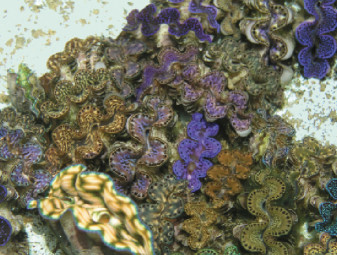
The Pacific Islands are a vast, remote region home to pristine ecosystems and environmental conditions that are ideal for aquaculture. While there has been some localized industry development, the isolation of the region presents distinct challenges and opportunities.
In contrast to the mainland, where land space and capacity to produce large quantities of food are ample, farming resources in the Pacific region are limited, and large-scale development is unlikely. Thus, regional industry stakeholders must look for innovative ways to make a positive impact on the future security of the local seafood supply.
Regional aquaculture centers
Fish is a staple protein for most Pacific Islanders, and fishing is an integral part of many community traditions and local economies. However, increasing threats from overfishing and climate change highlight the serious need for alternative methods of local seafood production and economic advancement throughout the region. To address this issue, multiple institutions and federally funded programs have come together to spearhead aquaculture efforts in Pacific Island communities.
The Regional Aquaculture Center Program was established by the United States Department of Agriculture in 1986 to integrate individual and institutional expertise and resources in support of commercial aquaculture development. Its Center for Tropical and Subtropical Aquaculture (CTSA) assists aquaculture development in Hawaii and the U.S.-affiliated Pacific Islands, with annual funding support for various research, demonstration and extension projects.
Together with industry partners, CTSA emphasizes the importance of developing aquaculture in a way that preserves the unspoiled environments and honors the unique traditions of this region. Unlike most other places in modern society, the Pacific Islands are home to a palpable history of community-based living. While each community is different, most are steeped in customs of working together for the benefit of everyone.
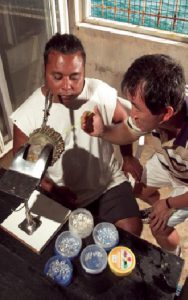
Resource management
Elaborate resource management systems like the Hawaiian “ahupua‘a,” a complex system of land division used by ancient Hawaiians, were dependent on the collective labor of the community to gather and produce food. Currently, community farming has mostly fallen by the wayside. The overall sense of community throughout the region, however, is still very strong. This “foundation of livelihood” has been a largely untapped resource in modern development efforts, yet holds the key to the most effective way to achieve positive impacts from aquaculture in the region.
Employing an innovative community-based approach to new development, coupled with guidance via technical assistance, is helping islands reclaim the food and economic independence that were once a defining part of their identity. In Hawaii, there has been a recent resurgence in traditional community-based food production, spurred by the restoration of several ancient fish ponds.
Aquaculture in Hawaii
Hawaii has a rich aquaculture history dating back centuries ago, to when communities maintained and harvested a variety of fish and shellfish from large coastal fish ponds called “loko i‘a.” Publicly funded organizations such as U.S. National Oceanic and Atmospheric Administration (NOAA) fisheries and CTSA have been working together with Kua‘āina Ulu ‘Auamo (KUA), a grassroots non-governmental organization, to restore these fish ponds throughout the Hawaiian Islands.
Through an organized network managed by KUA, pond operators share their community work forces to help each other repair damage to ponds. While the NOAA Pacific Island Regional Office is working to streamline the permitting process for this physical restoration of the ponds, CTSA is working with researchers throughout the state to restore the biological knowledge for raising fish.
For example, despite having ideal grow-out conditions, local shellfish production halted for decades through the end of the 20th century, until a dedicated group of stakeholders reestablished a local bivalve aquaculture industry in 2012 to reduce dependence on the roughly 400,000 oysters currently imported into the state each month. Other targeted species for aquaculture production in fish ponds have included seaweed, “live rocks,” feather duster, mullet, milkfish and moi.
Development plans
With the implementation of well-conceived, efficient plans for development, more Pacific Islands can capitalize on the willingness for community participation in aquaculture production in the same way Hawaiians embrace it. Knowing the opportunities and challenges of the isolated region, farming efforts to this point have largely focused on non-fed production.
In the Republic of the Marshall Islands, Marshallese are being trained in hatchery techniques for giant clams and are releasing the animals into community-managed open water areas. The clams are either harvested for local consumption or grown to the desired size for aquarium trade as a means to increase community/individual income.
In the Federated States of Micronesia, bath sponge-farming technology has been transferred to many villages for community growing efforts. Pearl oyster seeds have also been distributed to villages to culture and eventually harvest for profit.
In addition, there has been a recent focus on sea cucumber production. Foreign commercial fishing operations have overharvested high-value sea cucumbers to the point of near extinction, particularly in the Western Pacific. Excessive removal of the filter-feeding species can have a serious impact on the ecological balance of nearshore ecosystems. Sea cucumber work has helped to address this issue by first developing and refining simple hatchery and growout techniques, and then providing hands-on training for Micronesians.
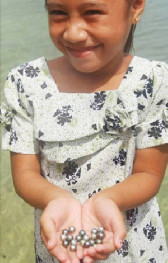
In nearby Palau, aside from the introduction of giant clam hatchery technology, researchers have successfully established a mangrove crab hatchery to supply crablets to local farmers, and are now working to establish a rabbitfish and milkfish hatchery. Resulting production continues to help meet consumer needs as well as replenish natural stocks in lagoons throughout the region.
All of the aforementioned activities have the potential to be of great ecological and economic value for the region. Furthermore, community farming efforts have had positive results in building skills, improving livelihoods and bringing communities together.
Perspectives
Hawaii and the U.S.-affiliated Pacific Islands have an opportunity to demonstrate an innovative method of aquaculture farming – one that does not emphasize producing mass quantities of food for export, but rather focuses on meeting the needs of the immediate community. A farming system where everyone has a vested interest and subsequently takes pride in their roles.
It has been suggested that small- and medium-scale community-based farming will be an important aspect of solving world hunger. The Pacific Islands region is the perfect place to show how communities can work together to meet their own food security needs, limit their dependence on imported goods and relieve fishing pressure on wild stocks.
Authors
-
Meredith Brooks
Information Specialist
Center for Tropical and Subtropical Aquaculture
Oceanic Institute of Hawaii Pacific University
41-202 Kalanianaole Highway
Waimanalo, Hawaii 96795 USA
[103,114,111,46,97,115,116,99,64,115,107,111,111,114,98,109]
-
Cheng-Sheng Lee, Ph.D.
Executive Director
Center for Tropical and Subtropical Aquaculture
Tagged With
Related Posts
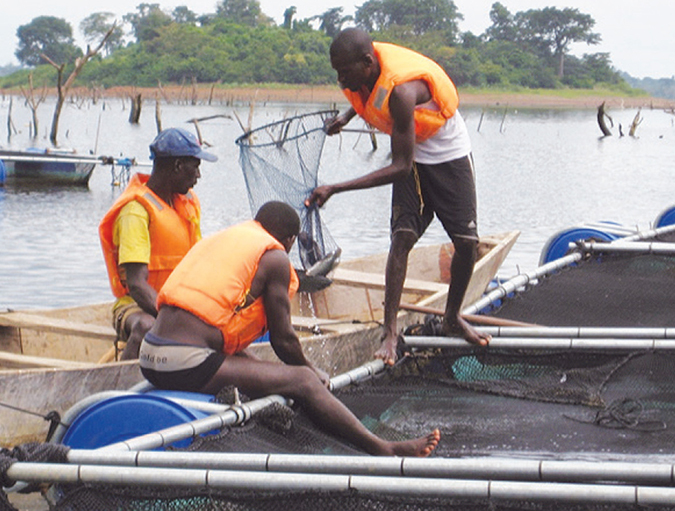
Innovation & Investment
Large-scale tilapia project driving aquaculture development in Ivory Coast
A large-scale aquaculture project in Ivory Coast, with "soft technology" adopted by Societe d’Elevage et de Distribution de Poissons, allows the full growing cycle to be controlled using local materials, manpower and inputs.
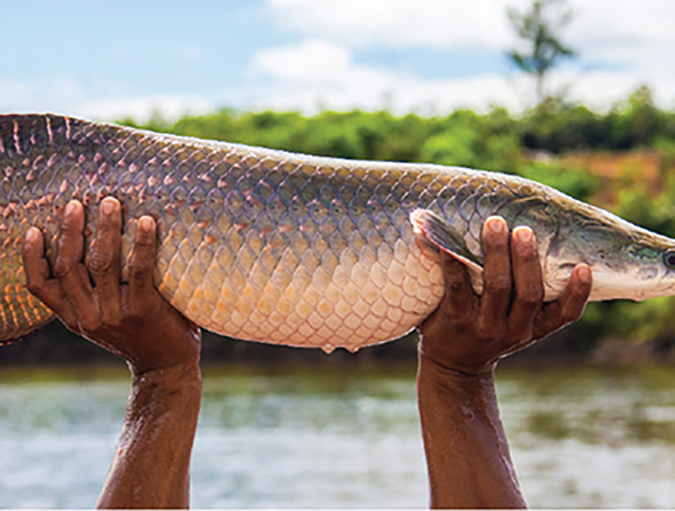
Innovation & Investment
Pirarucu culture in the Brazilian Amazon
With their fast growth and ample light-flavored flesh, pirarucu present great potential. Industry growth is hampered by limited technology and management of domestication practices. Also, current commercial diets are typically not fully suited to the nutritional needs of pirarucu.

Health & Welfare
A holistic management approach to EMS
Early Mortality Syndrome has devastated farmed shrimp in Asia and Latin America. With better understanding of the pathogen and the development and improvement of novel strategies, shrimp farmers are now able to better manage the disease.

Aquafeeds
A new nutrient for aquaculture, from microbes that consume carbon waste
Biotechnology firm NovoNutrients aims to produce a line of nutraceutical aquafeed additives as well as a bulk feed ingredient that can supplement fishmeal. Its process includes feeding carbon dioxide from industrial gas to a “microbial consortium” starring hydrogen-oxidizing bacteria.


